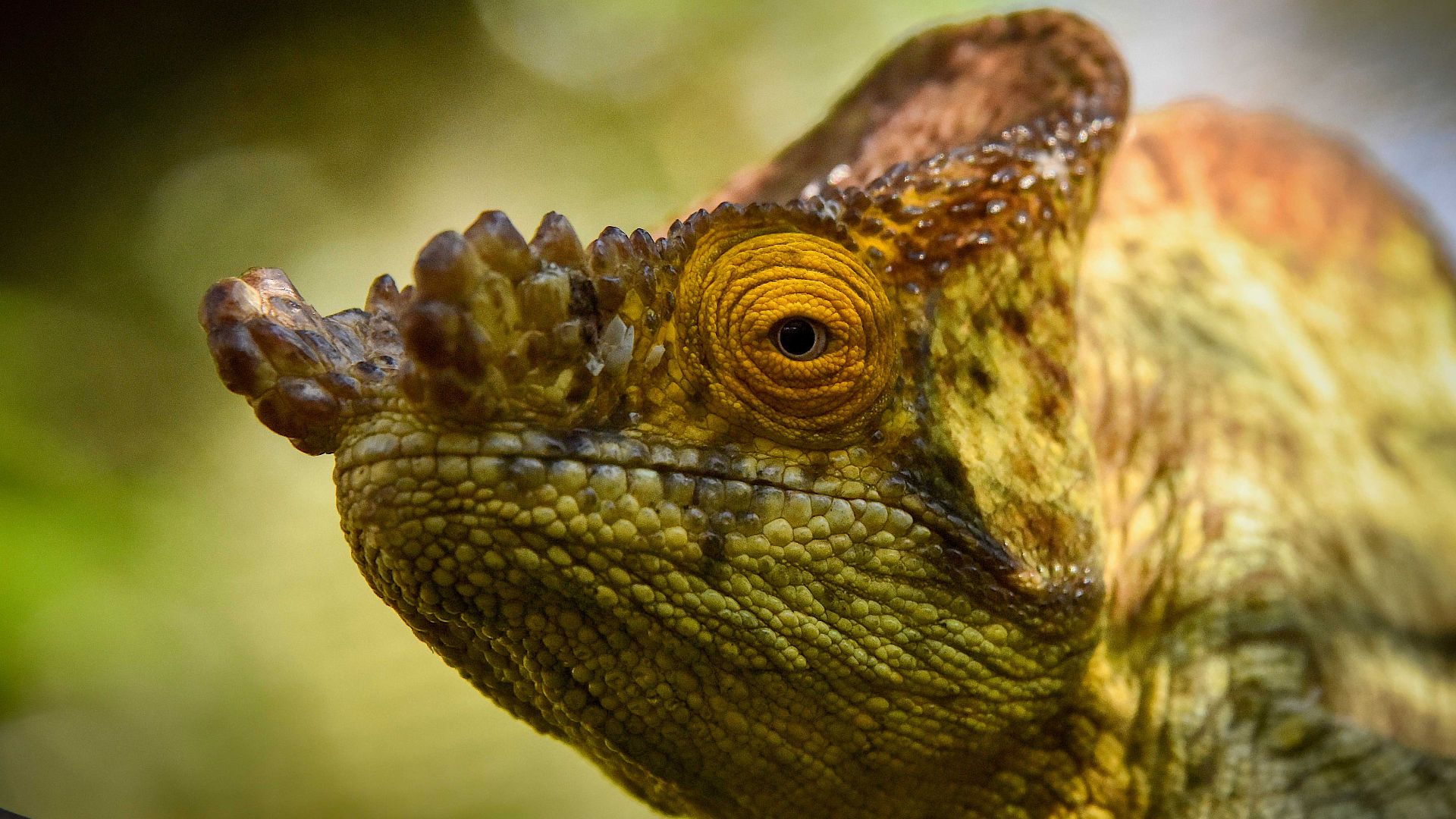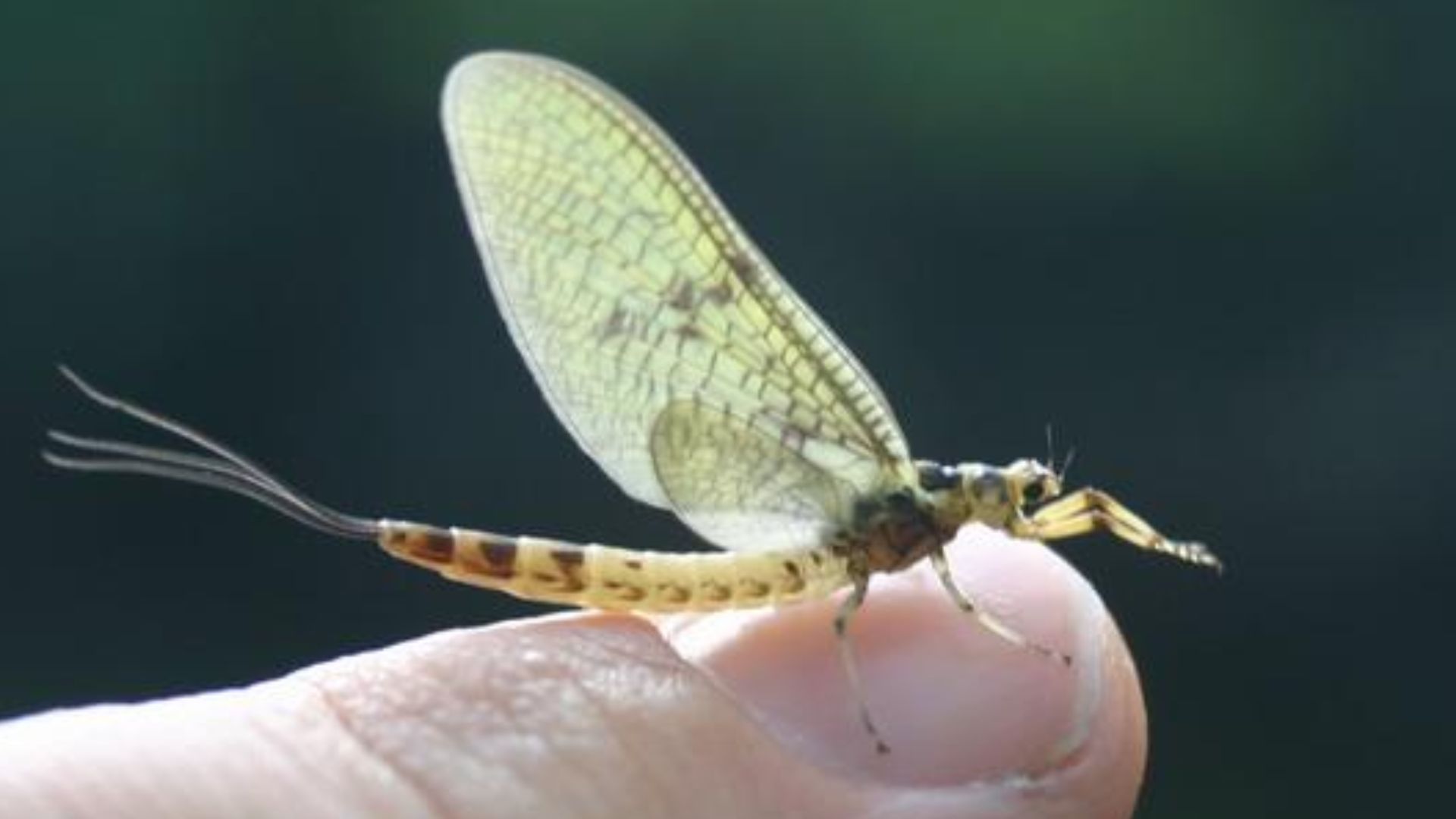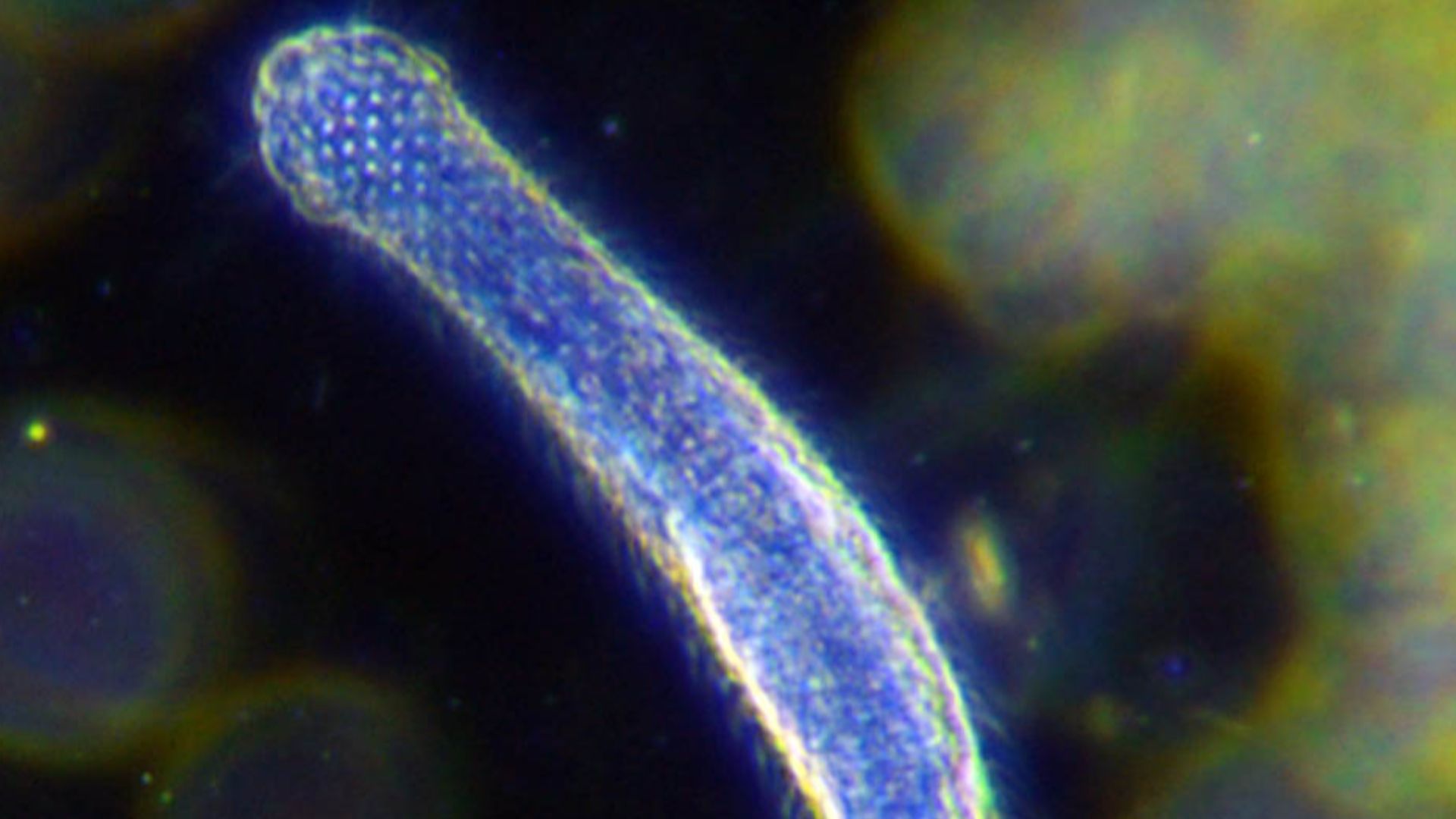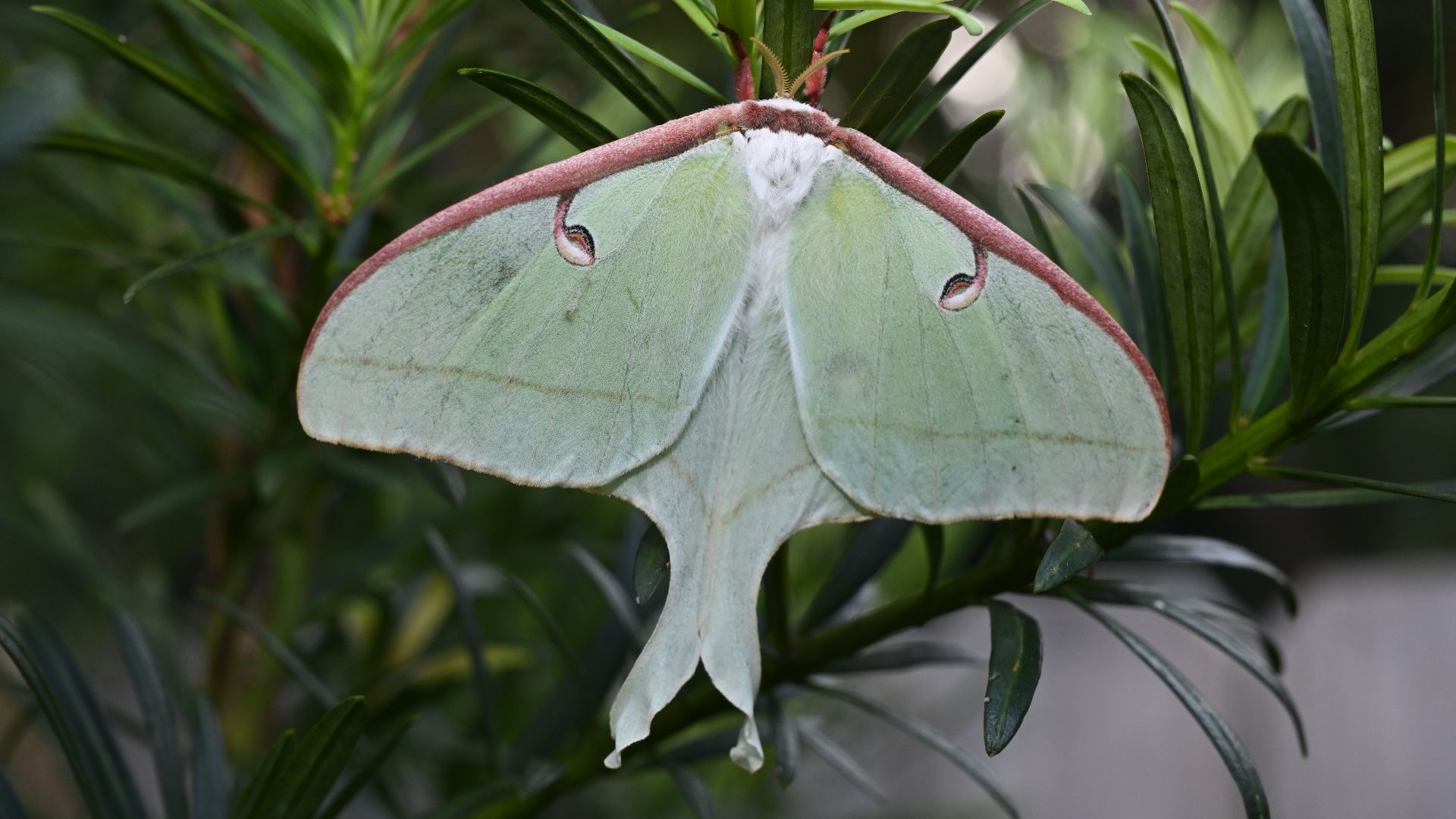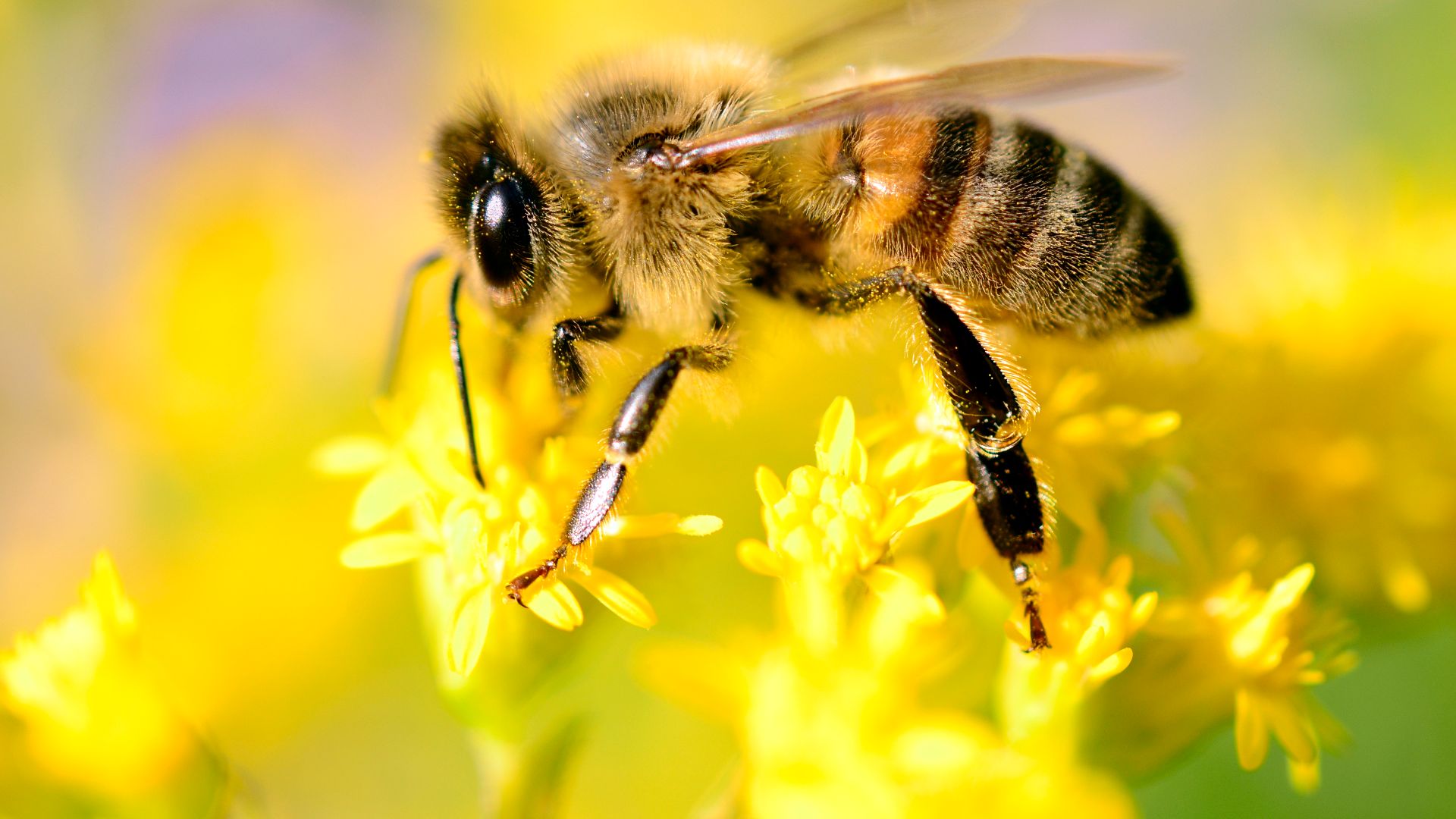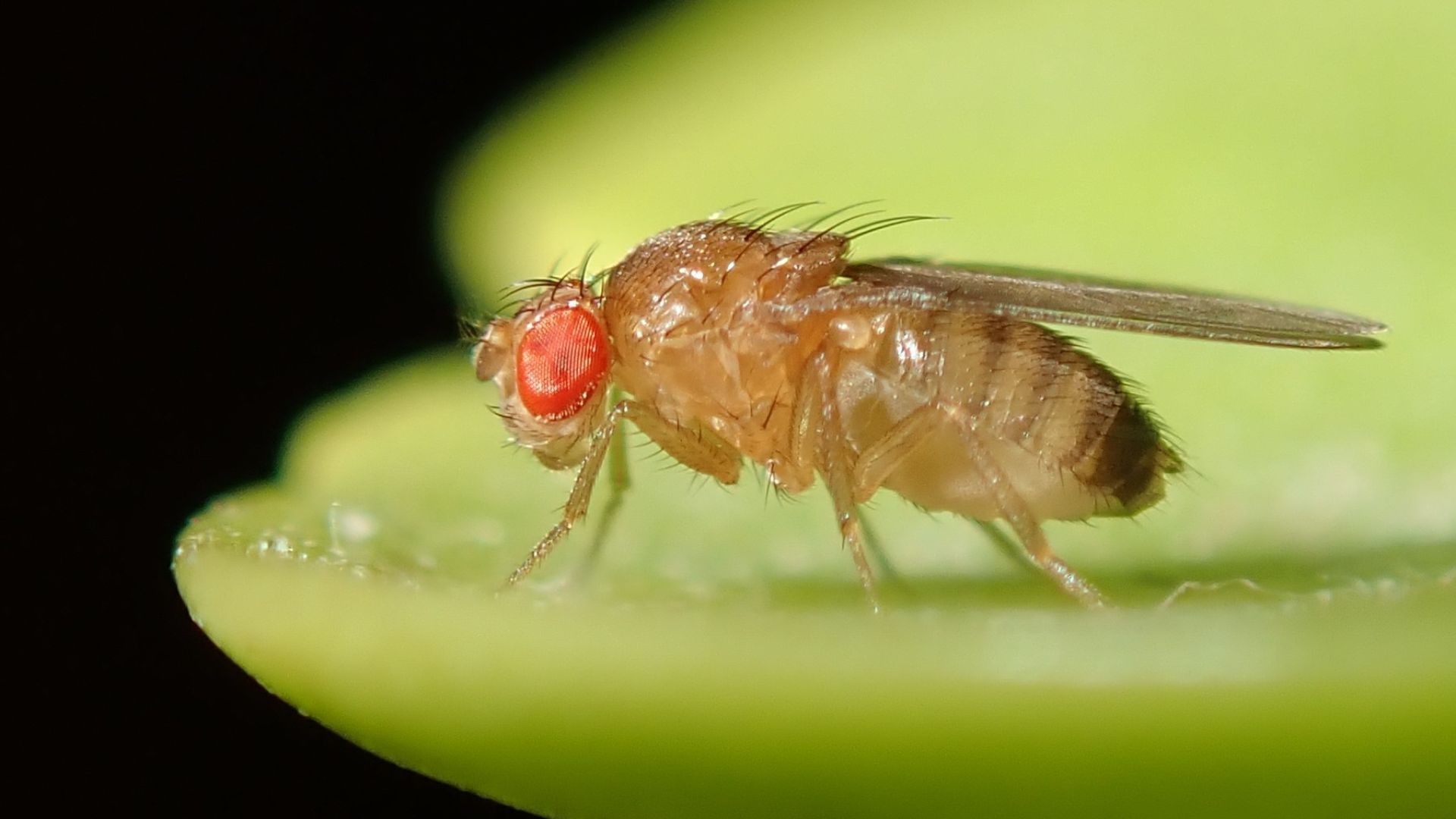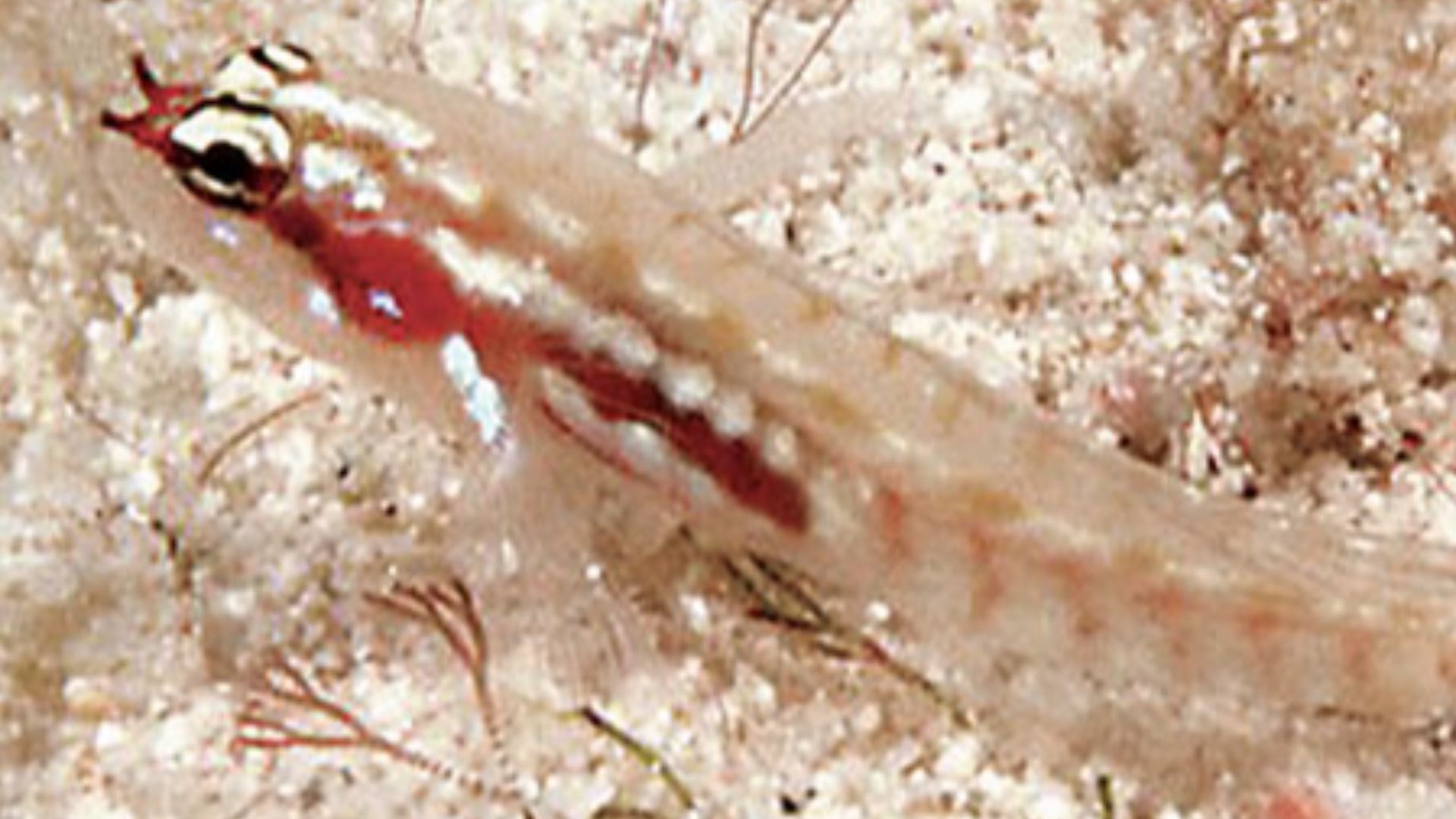Time Flies
Unlike us, some animals don't get years (or even months) to live. Their lifetime on this planet is up to the mercy of mother nature and their days are severely numbered. Their short lifespans are spent hustling to grow, reproduce, and complete their life cycles—and before they know it, it's a wrap! So if you think life is short, here are ten shockingly short lifespans to help put things in perspective.
1. Mayfly
Mayflies live their entire adult lives in under 24 hours, earning them the title of Earth's shortest-lived animals. Once they mature after spending months as aquatic nymphs, their sole purpose is to emerge, mate, lay eggs, and die—all in a single day.
2. Gastrotrich
These microscopic aquatic creatures max out at just three weeks, but they're not wasting time. Gastrotrichs keep ecosystems clean by feeding on organic debris while serving as food for microorganisms. Commonly known as hairybellies, they spend their life in water bodies.
3. Luna Moth
A luna's beauty is as brief as its life. These moths, with a short lifespan of seven days, emerge only to mate and lay eggs. Without mouths, they cannot eat, which makes their short existence entirely focused on reproduction—a fleeting spectacle in the nighttime sky.
4. Labord's Chameleon
This Madagascar chameleon leads a highly seasonal life and lives just 4–5 months after hatching. It spends most of its time as an embryo, only emerging during the rains to grow, mate, and perish. Only a few animals compress a lifetime into such a short but intense schedule.
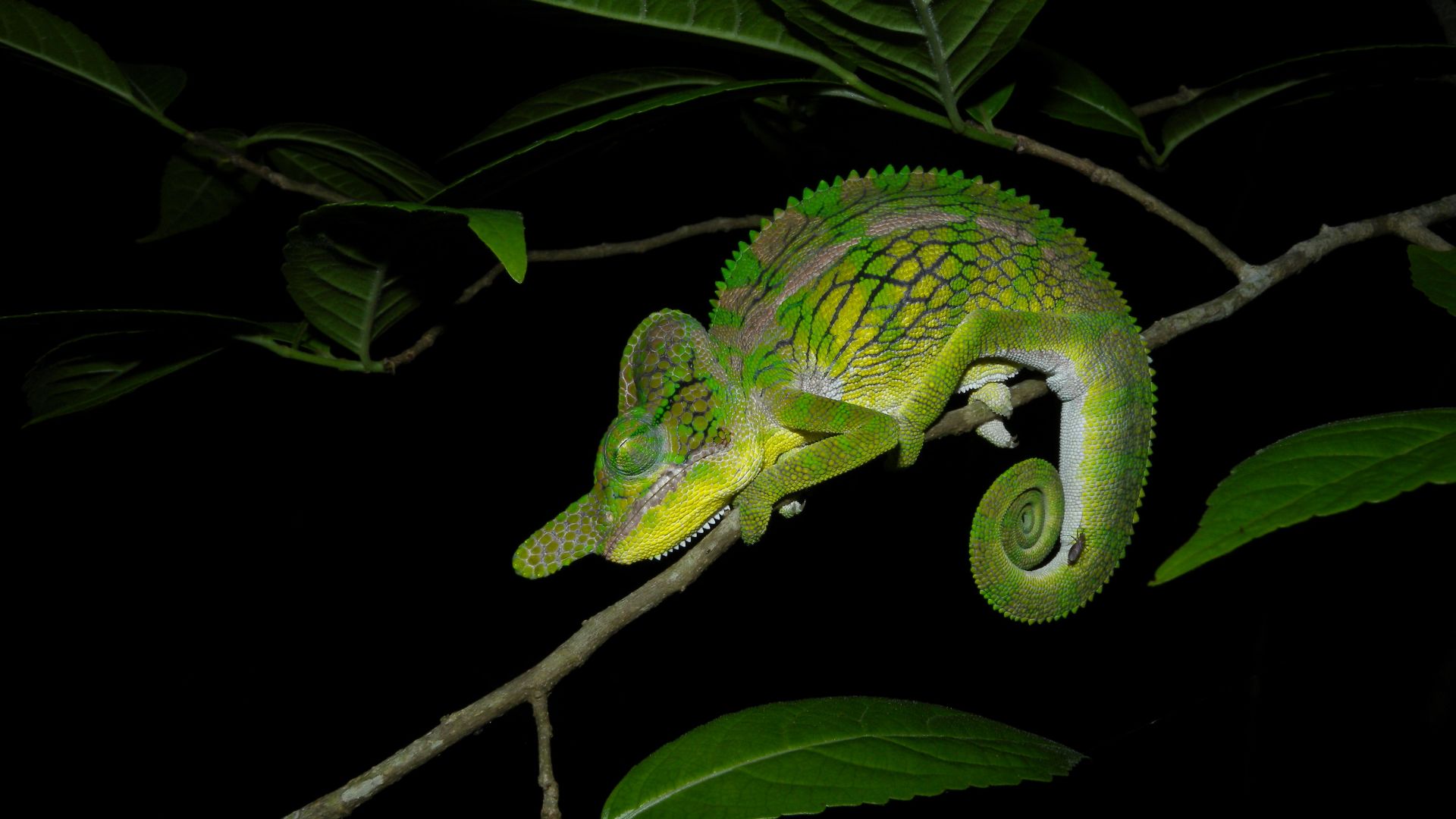 Frank Vassen from Brussels, Belgium on Wikimedia
Frank Vassen from Brussels, Belgium on Wikimedia
5. Worker Bee
All they have is just 30–60 days to leave their mark. Worker bees work hard to gather nectar and pollen to build hives and feed the queen. Their nonstop work keeps the colony running and proves how vital small, collective acts can be in creating something far greater than themselves.
6. Fruit Fly
With a lifespan of roughly 30 days, fruit flies might seem insignificant, but they're genetic superstars. The flies' rapid life cycle and reproduction make them a favorite in scientific research and have helped scientists research DNA and evolution in record time.
7. Mosquito
However irritating and never-ending they might seem, mosquitoes buzz through life in just 1–2 weeks, yet they leave an impact. As carriers of diseases like fatal malaria and dengue, these tiny insects are a global health threat despite their short existence.
8. Drone Ants
Life is brief and singularly focused for drone ants, lasting only 1–2 weeks. Their life's purpose is to mate with the queen, and they perish shortly after completing their task. It's a short-lived existence, but vital for the survival of the entire colony.
9. Housefly
Irritating houseflies may buzz around for just 15–30 days, but their rapid reproduction makes them nearly impossible to escape. In their short lives, they spend most of their time feeding, breeding, and causing a nuisance—while also serving as a quick meal for lizards.
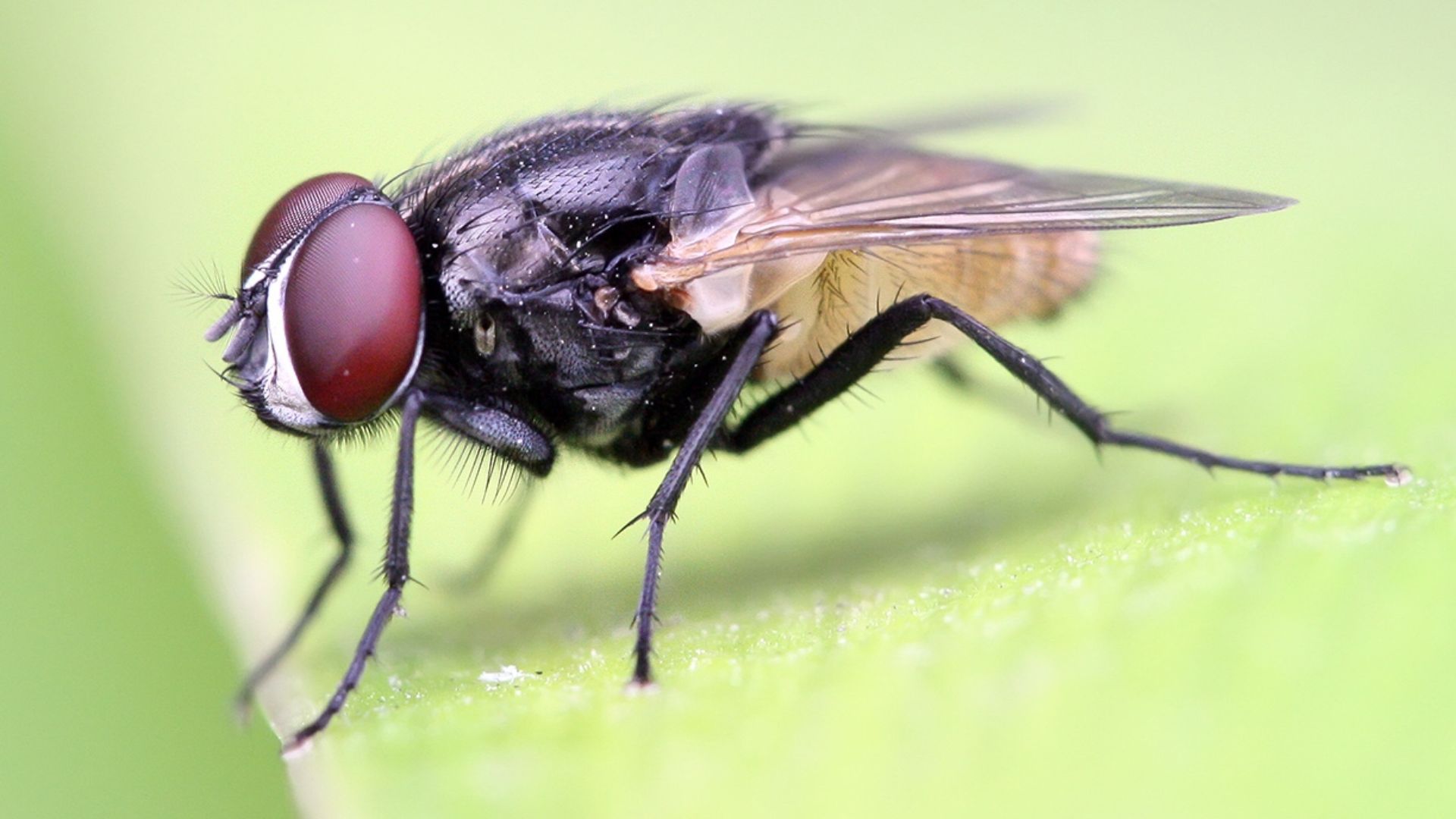 Muhammad Mahdi Karim on Wikimedia
Muhammad Mahdi Karim on Wikimedia
10. Seven-Figure Pygmy Goby
This tiny reef fish holds the record for the shortest lifespan of any vertebrate—just 59 days. Its lightning-fast life cycle, from rapid maturation to quick reproduction and early death, is perfectly adapted to the competitive environment of the reef.


